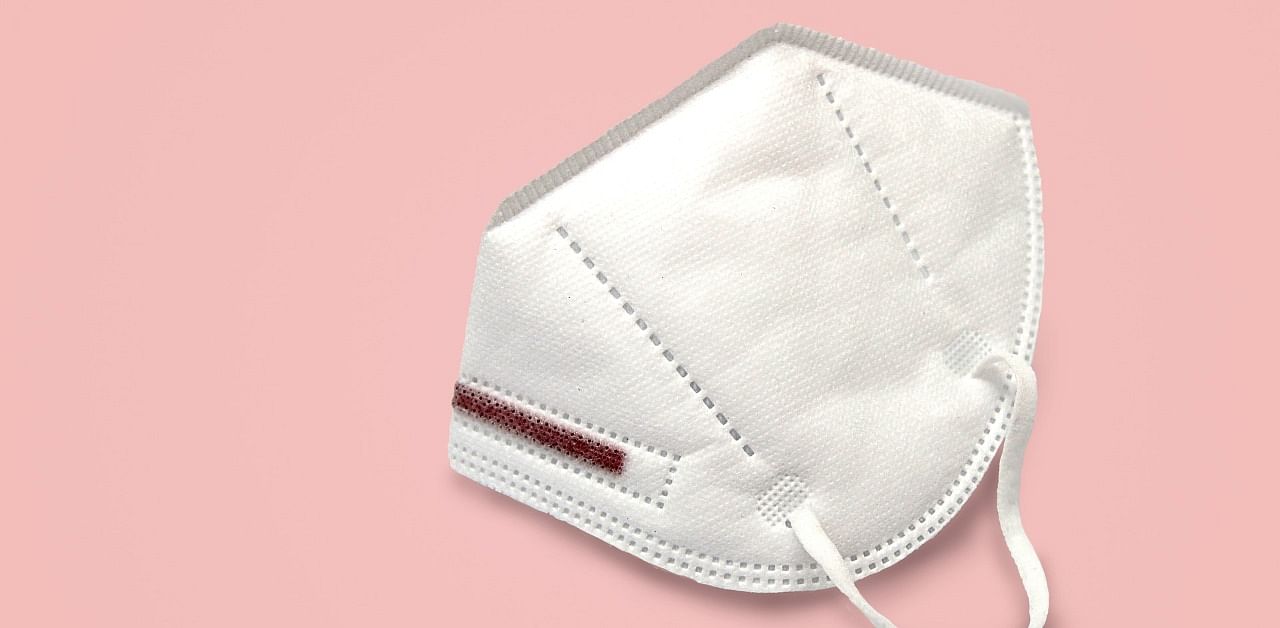
With the pandemic looking like it will stick around for a while, social distancing and face masks have beome the new normal.
Factors to consider while looking for the ideal face mask are how well it fits, filters the air, and the number of layers on it, according to US CDC guidelines.
Read more: Not wearing a face mask on trains and in railways premises now attracts a fine of up to Rs 500
The best type of mask would have a snug fit over the nose, mouth, and chin, since gaps can allow respiratory droplets to enter and exit an ill-fitting mask. Having more layers on the mask would further help prevent the same.
How to check if my mask is fitting well?
If you can feel warm air coming through the mask’s front or if the mask moves in and out when you breathe, the mask is well-fitted.
If opting for a disposable mask or a cloth mask, look for one with a nose-wire (metal strip) to limit gaps. If a nose-wire is not there, a brace or fitter would do the same job.
What masks should I avoid?
Avoid masks with exhalation valves/vents. Such masks would let the virus escape.
Avoid masks made of material that makes breathing difficult. They should not be made of uncomfortable fabric.
Perhaps also go slow on masks like the N95 that are more urgently needed by healthcare personnel involved in the frontlines of the Covid-19 pandemic.
How can I layer my face mask? Is double-masking good?
Layering masks can increase protection if done correctly, but if done wrong, it could have an adverse effect.
A disposable mask can be made more snug by layering it up with a cloth mask. That would result in the former sitting tight against the wearer’s face.
However, disposable masks are not mean to be layered on top of each other. Wearing one disposable mask on top of another would not close gaps as these masks are not made to be very tight-fitted.
If wearing a KN95 mask, it should be worn by itself, without any other mask layers.